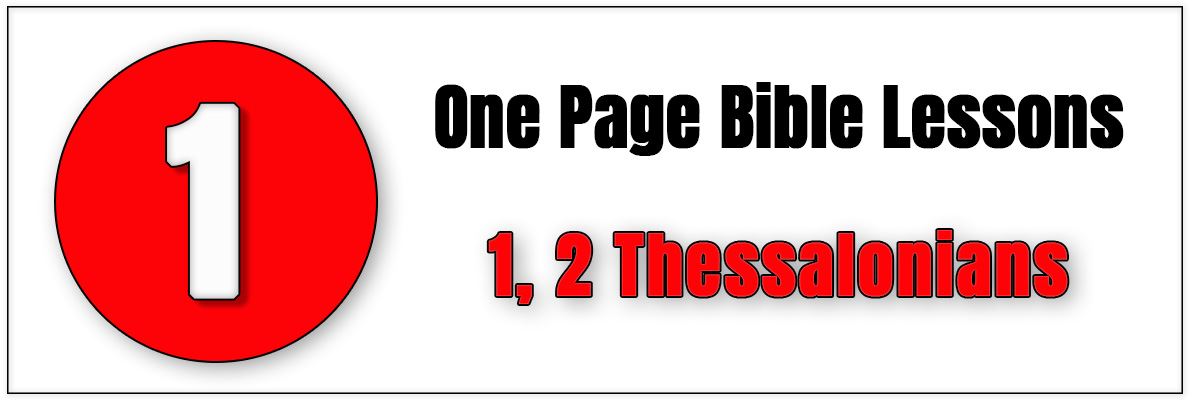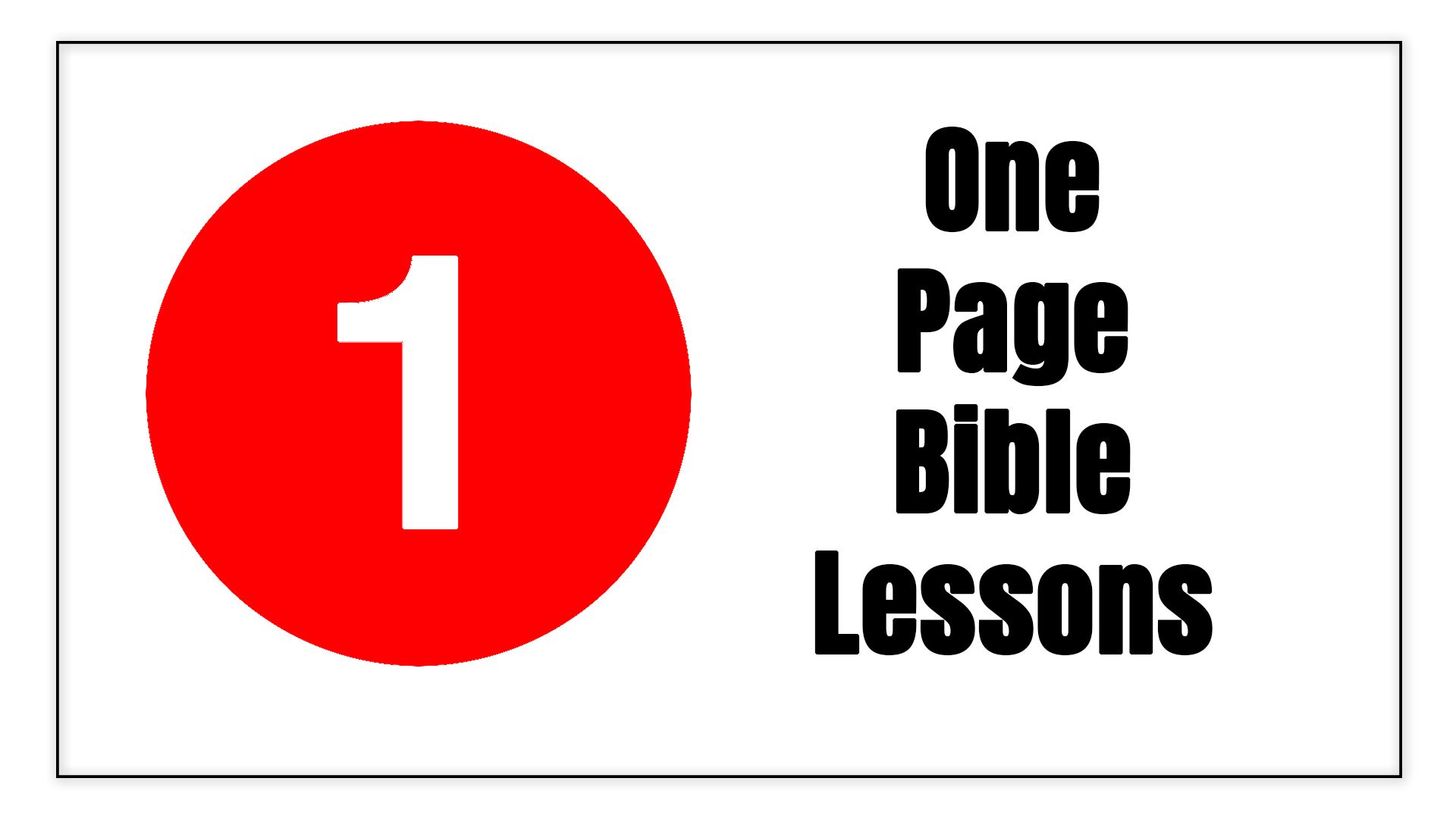
Paul had many pleasant memories of the days he spent with the infant Thessalonian church. The faith, hope, love, and perseverance that its members displayed in the face of severe persecution deeply encouraged him. Paul’s labors as a spiritual parent to the fledgling church were richly rewarded, and we see his obvious affection for his friends in every line of this letter. Paul founded the Thessalonian church during his second missionary journey (Acts 17:1–9), in the face of intense opposition from the Jews. He did not stay there long—most estimates range from a few weeks to a few months—and then he was forced to leave. The apostle made his way to Athens, but could not get the young church out of his mind. He worried that the antagonism they faced might damage and even destroy the church. So the apostle sent Timothy to encourage and strengthen his Thessalonian brothers and sisters in Christ. When Timothy returned, his positive report, mixed with a few lingering concerns, apparently inspired the apostle to write this letter. Paul encouraged his friends to excel in their newfound faith, to increase in their love for one another, and to rejoice, pray, and give thanks always. He closes every chapter with a reminder that the Lord is coming back; Jesus’ advent signals hope and comfort for all believers, living and dead. The fact that Paul emphasizes the Lord’s return to a young church just getting started should perhaps suggest to us the importance of teaching the doctrine in a practical way so as to lay a foundation for a mature Christian faith. Because this is the first of Paul’s two known letters to the church at Thessalonica, it received the title Pros Thessalonikeis A, the “First to the Thessalonians.” Themes: The certain return of Christ should fill believers with unquenchable hope and help them to find strength when they come under attack for their faith. Author: The apostle Paul. Date: Probably written around A.D. 51–52. This is among Paul’s earliest letters. Structure: Paul begins by giving thanks for the Thessalonians and their testimony (1:1–10). He then defends his conduct and absence (2:1–3:13) and exhorts them to godly conduct, reminds them of the Lord’s coming, and gives direction for church life (4:1–5:22). He ends with a prayer, greetings, and conclusion (5:23–28). Charles F. Stanley, The Charles F. Stanley Life Principles Bible: New King James Version (Nashville, TN: Nelson Bibles, 2005), 1 Th. |

